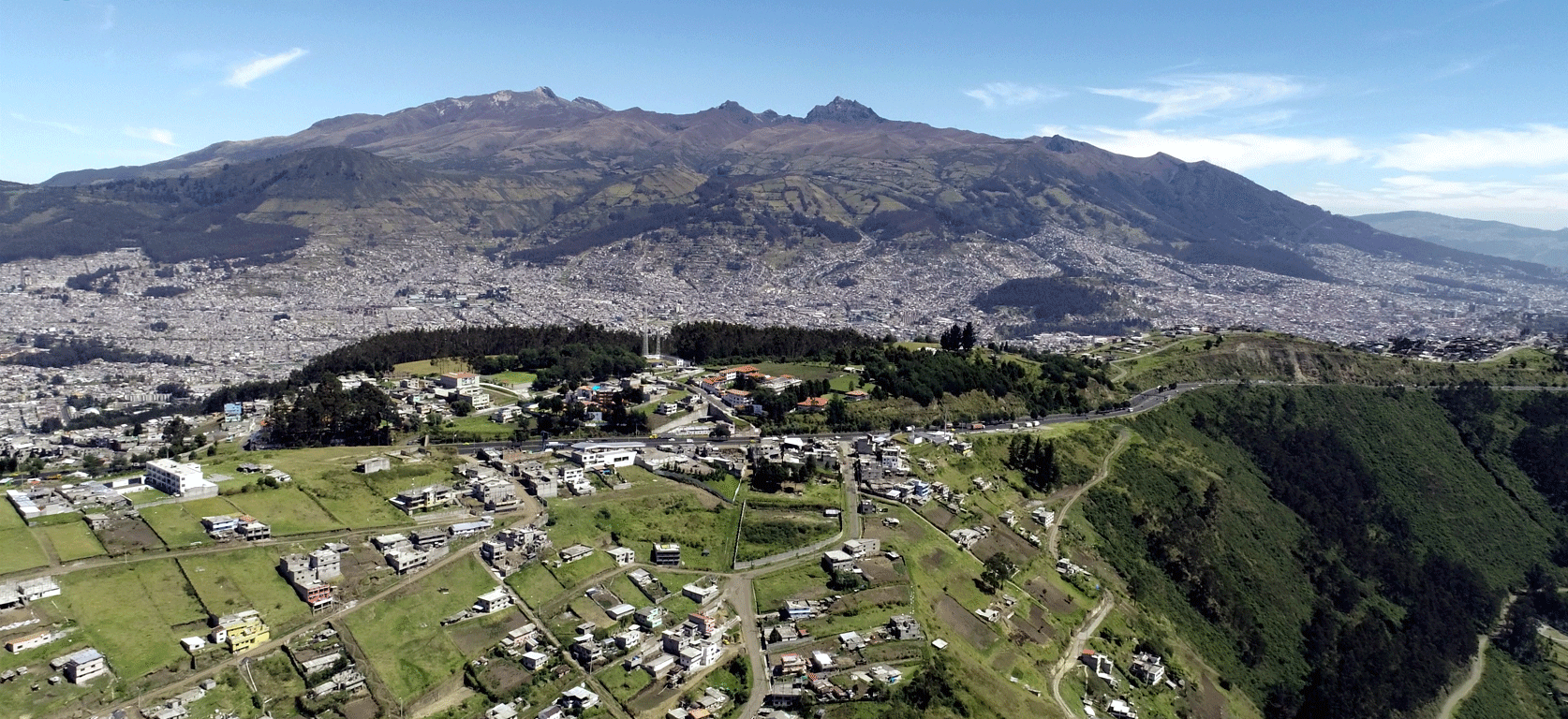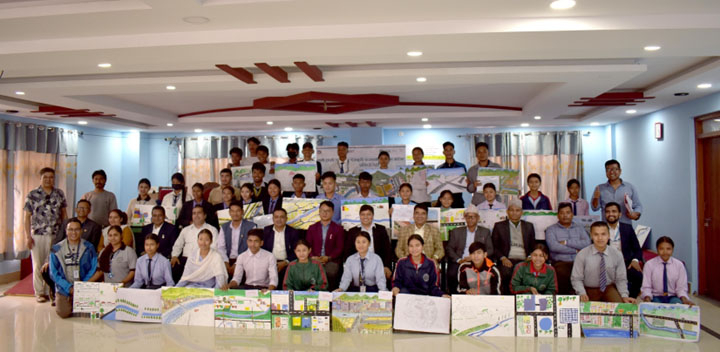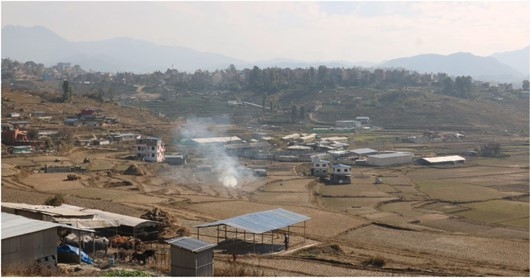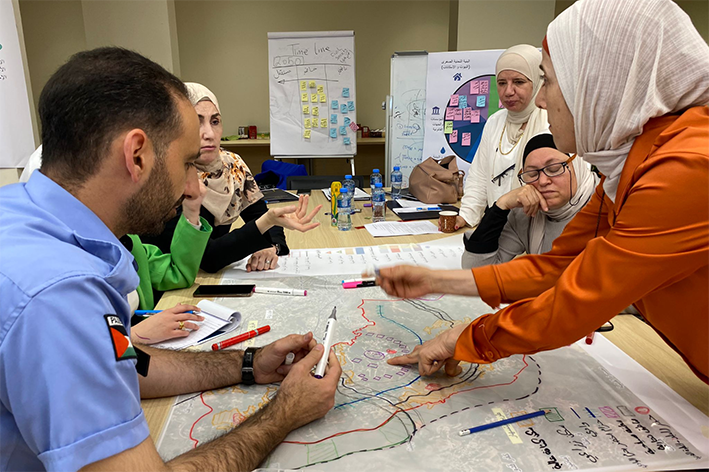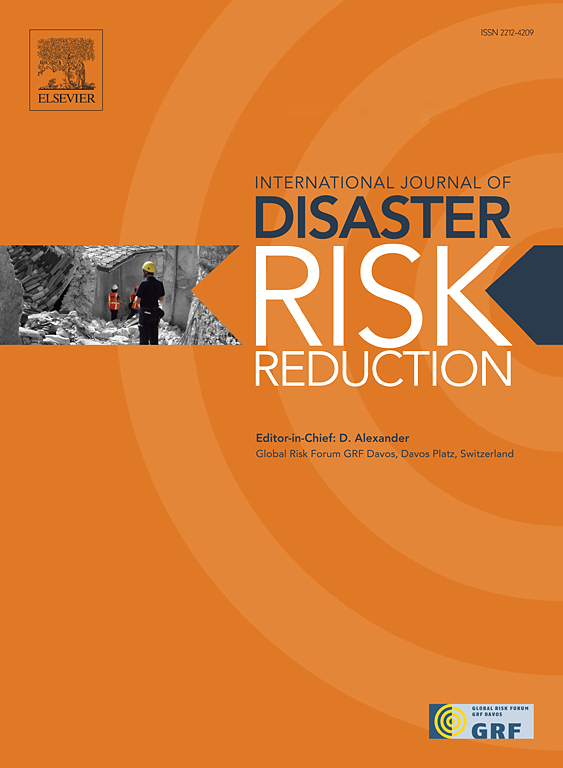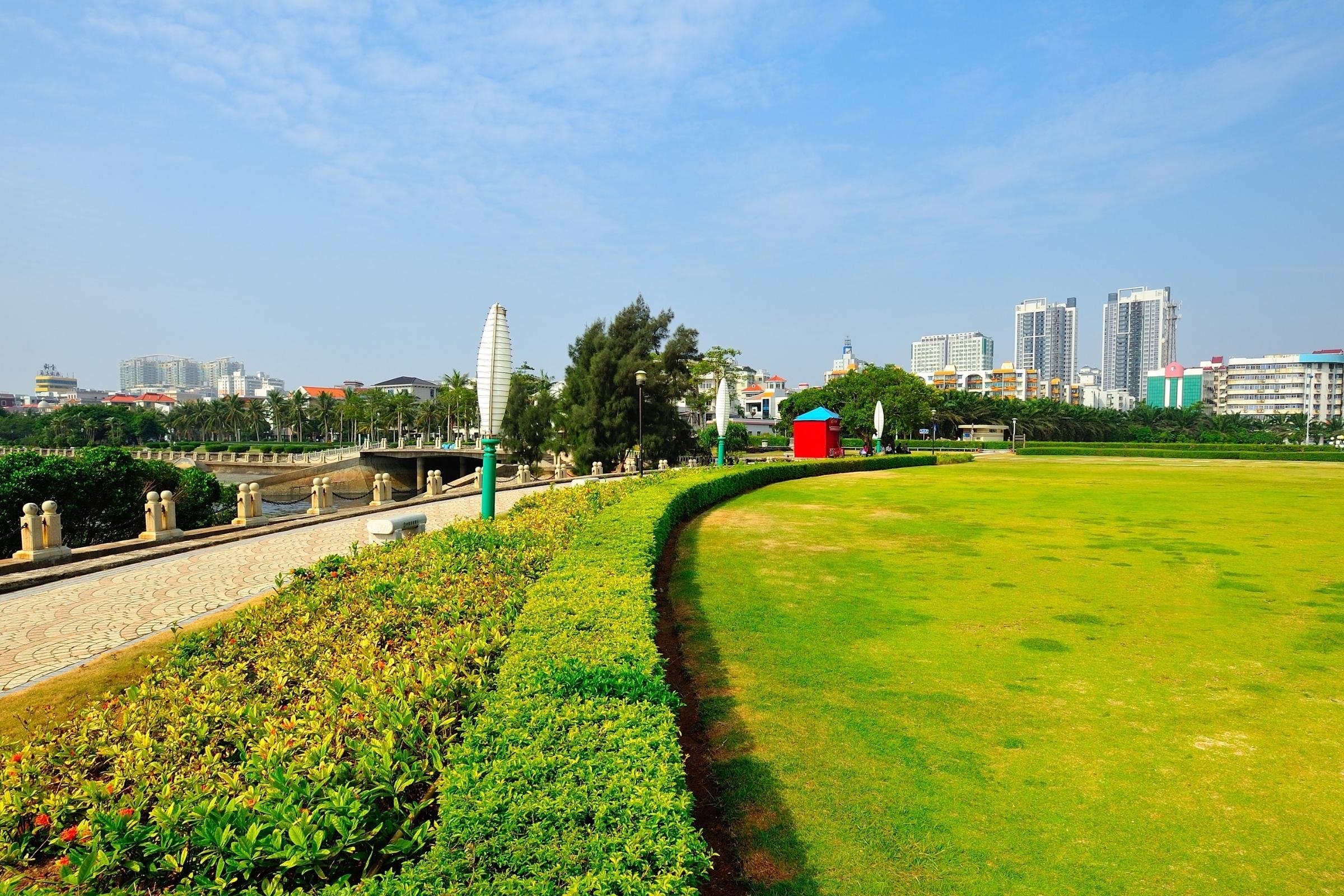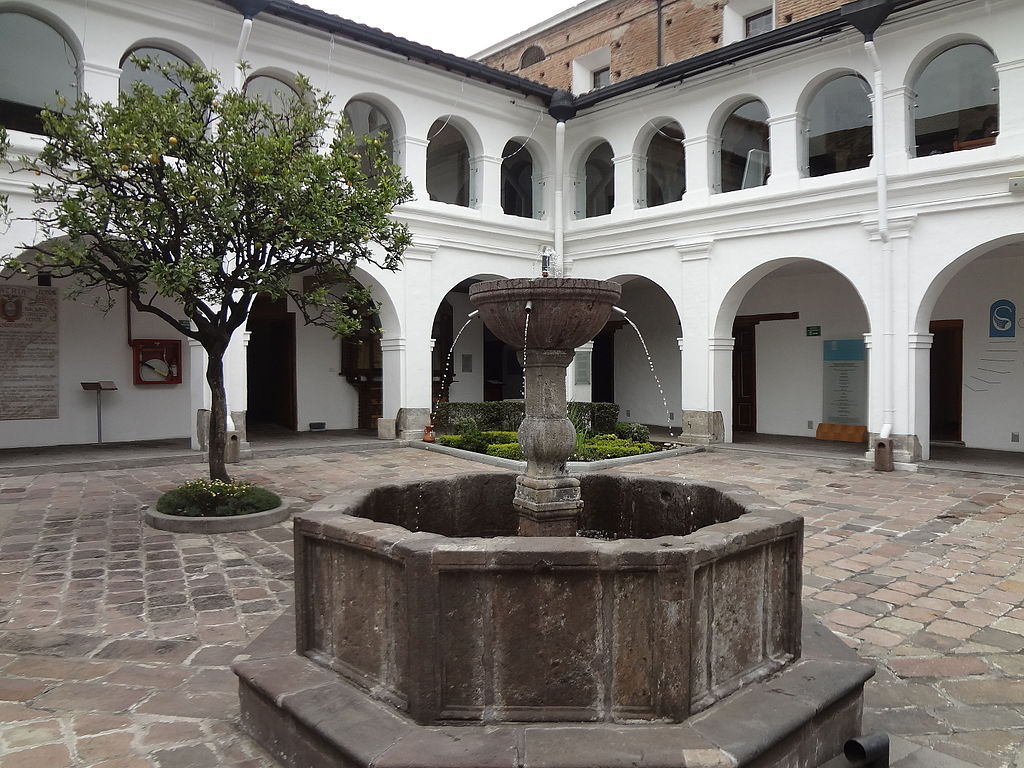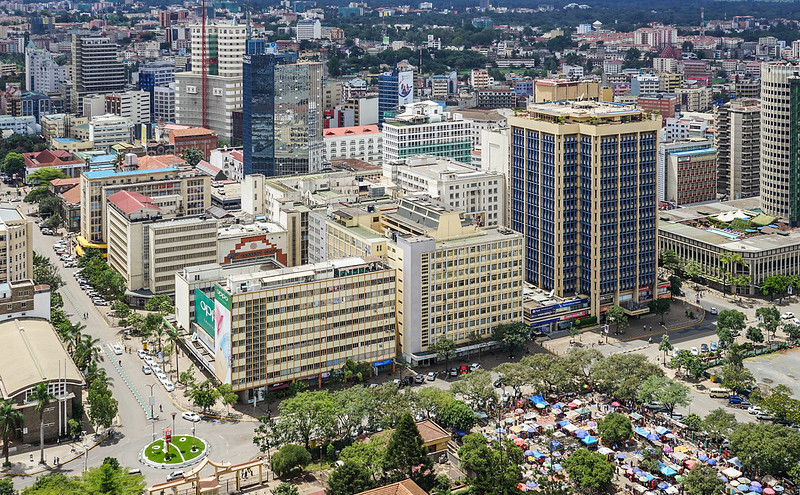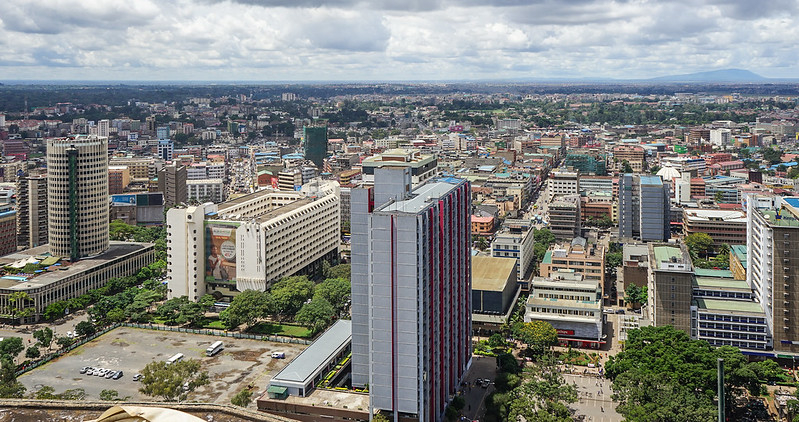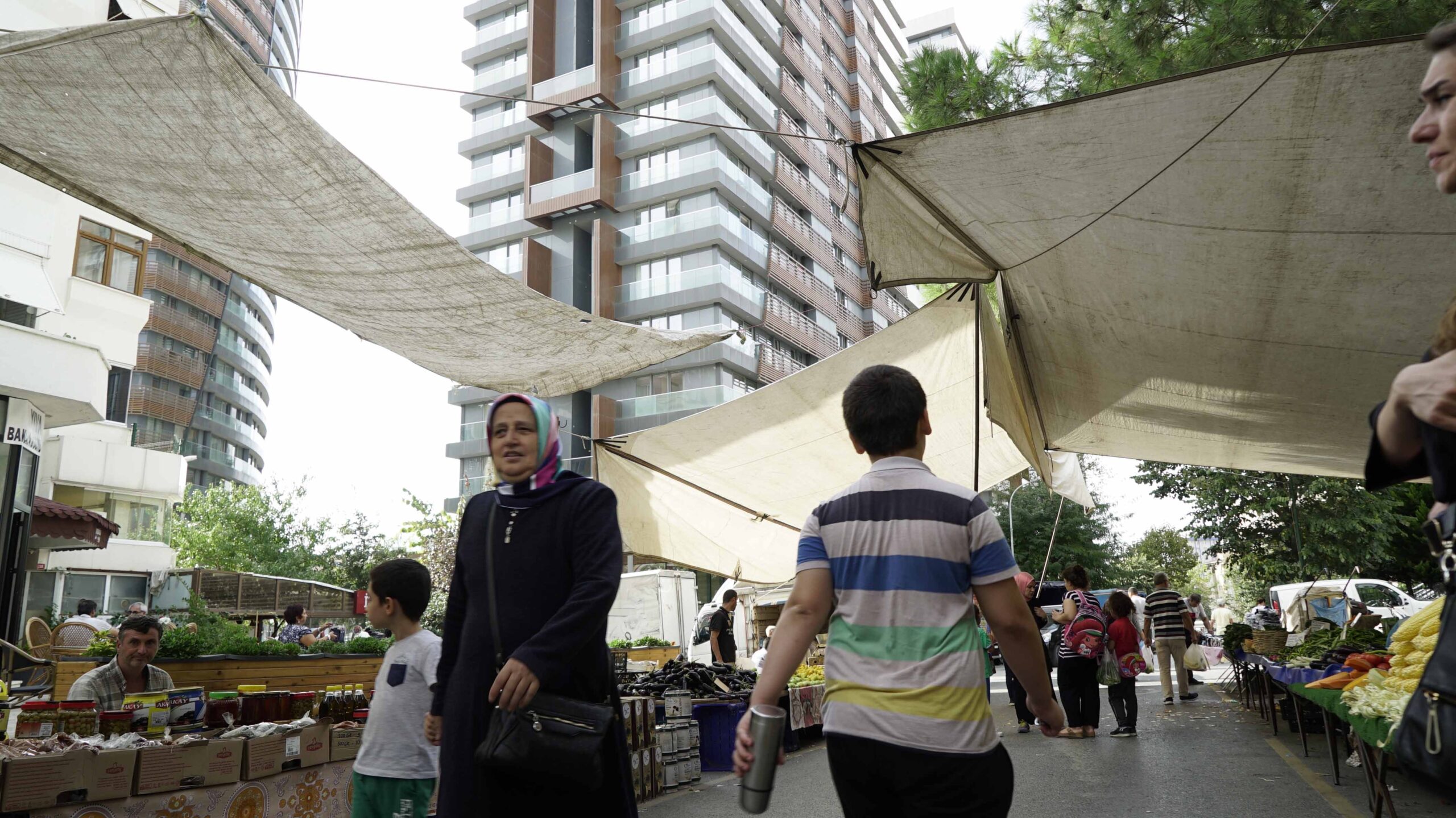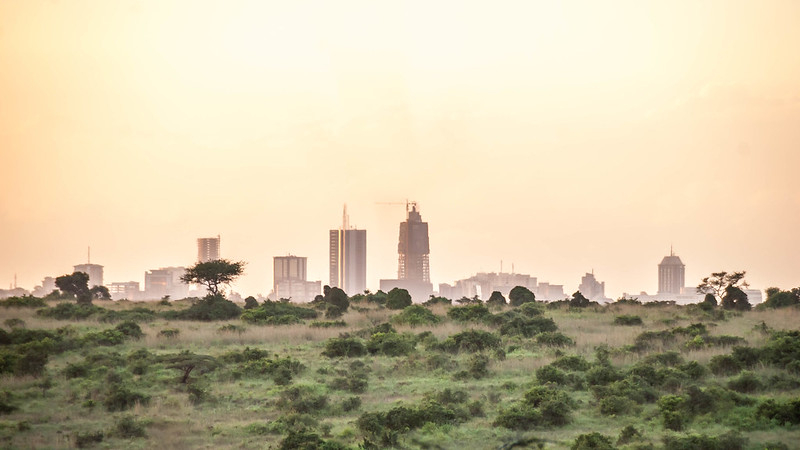
- Close
-
9
cities
-
442
urban professionals trained
-
500
stakeholders engaged
-
3
public exhibitions
Tomorrow’s Cities is a global Community of Practice dedicated to reducing future urban disaster risk with focus on marginalised communities.
Tomorrow’s Cities
Decision Support
Environment
At the core of Tomorrow’s Cities is the Decision Support Environment (TCDSE), a framework that goes beyond traditional risk models by involving local stakeholders in knowledge co-production and risk-informed decision-making.

